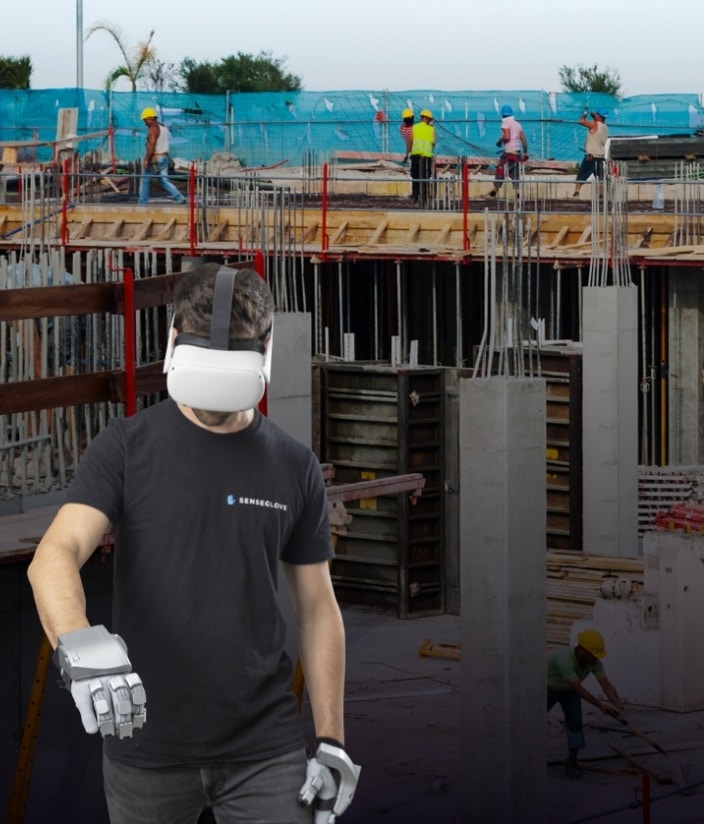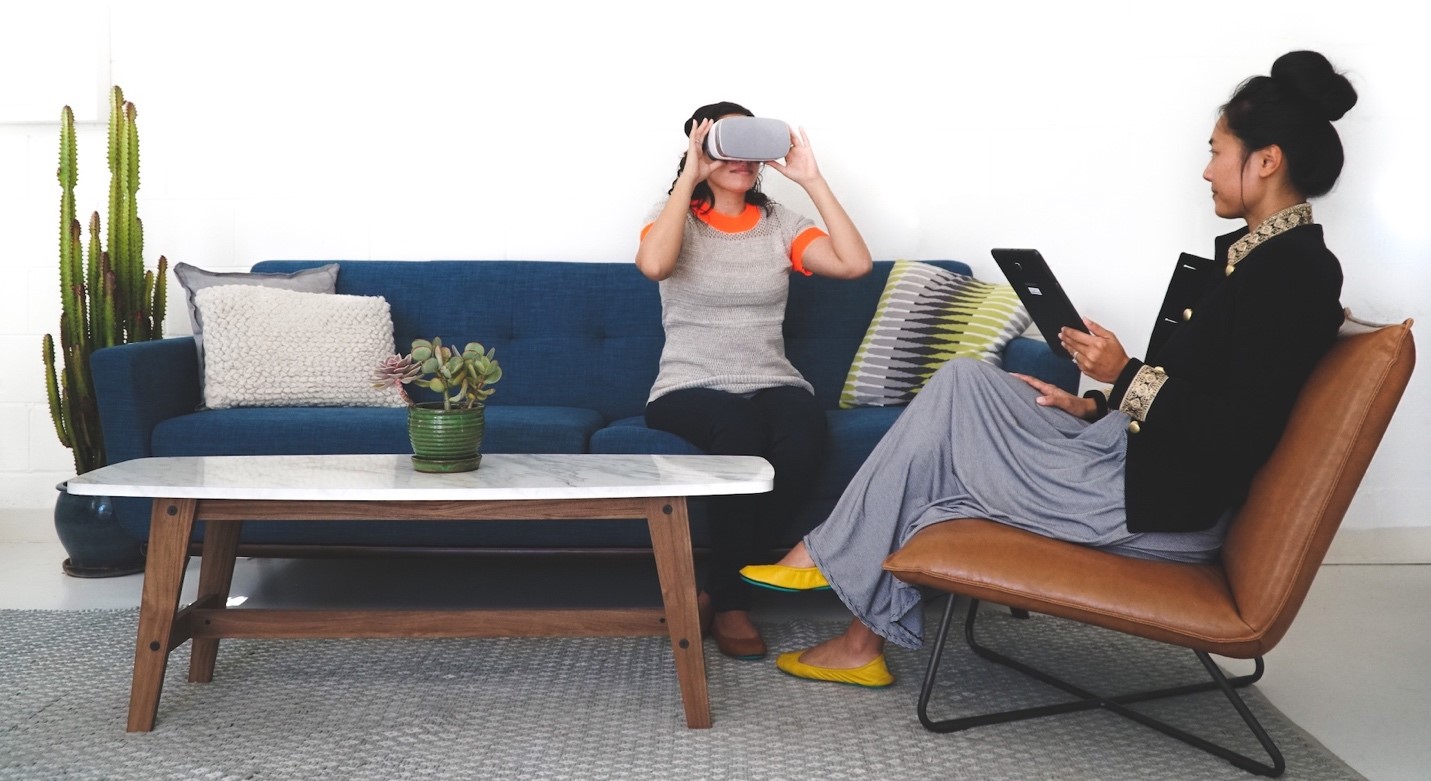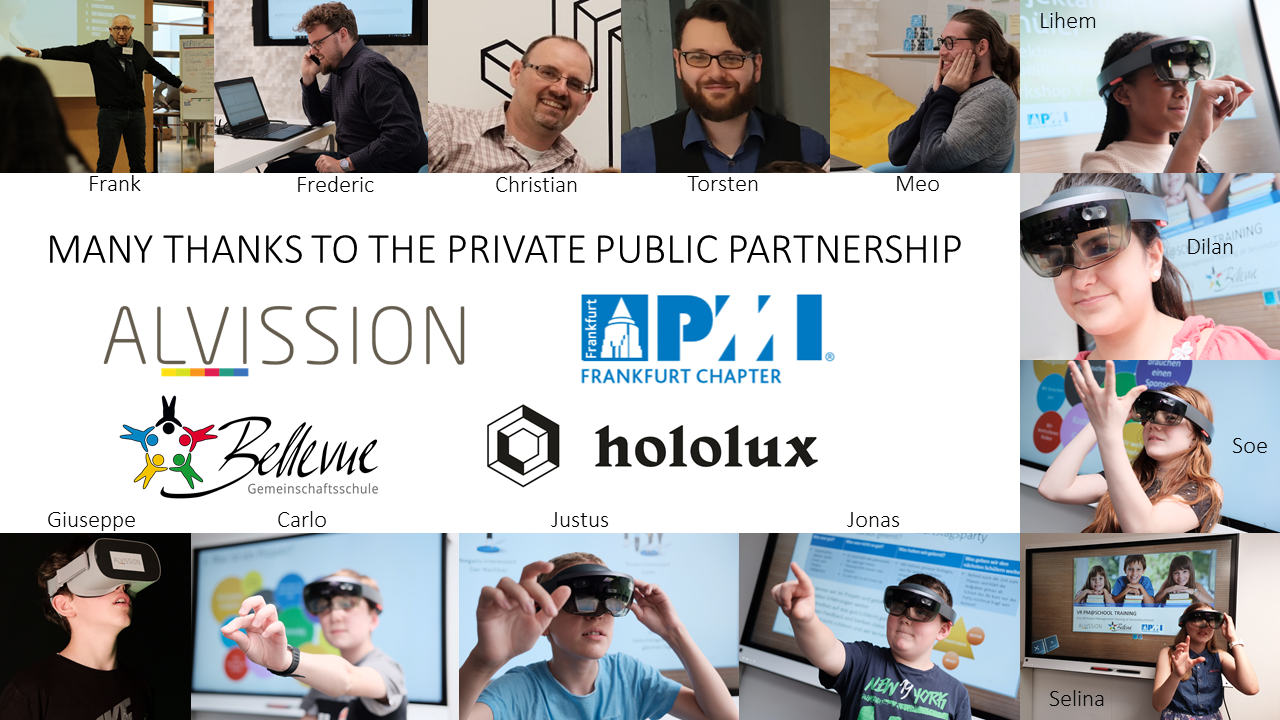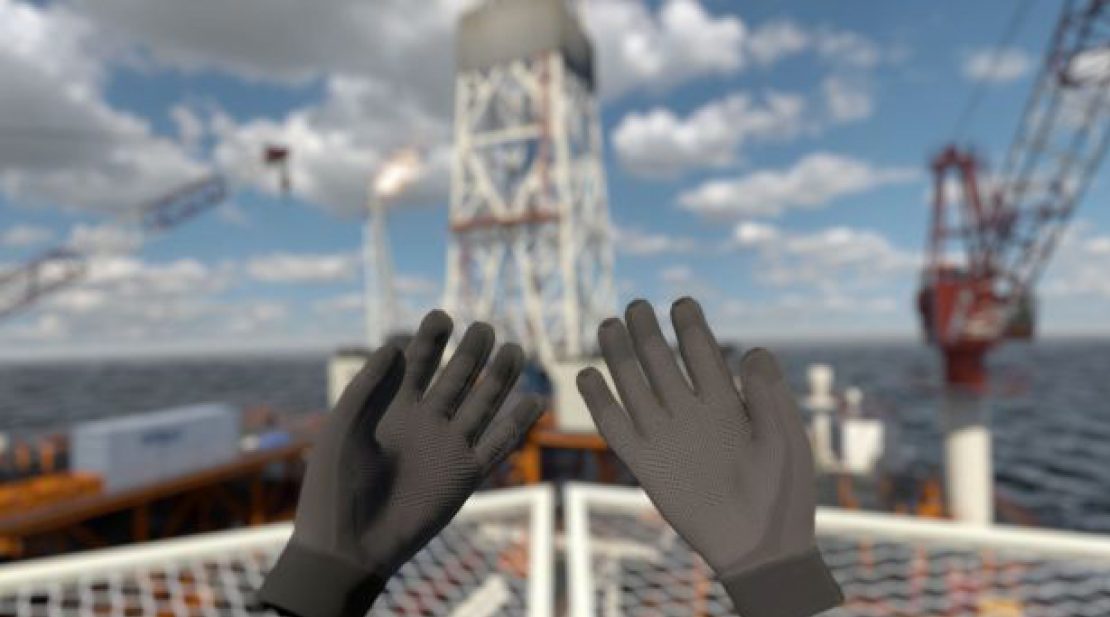The construction industry has long been known for its hands-on nature, where skilled workers use their expertise to bring architectural designs to life. However, as technology continues to advance, new methods are emerging to enhance training and improve safety in construction. One such innovation is the integration of virtual reality (VR) training and haptics, revolutionizing the way professionals learn and work in this industry. In this blog post, we will explore the potential of VR training and haptics and highlight the remarkable contributions of SenseGlove in this field.
Virtual Reality Training: Building a New Learning Experience
Virtual reality has gained significant popularity across various industries, and construction is no exception. VR training allows workers to immerse themselves in simulated environments, providing a safe and controlled setting for learning. By replicating real-life scenarios, trainees can practice their skills, understand complex processes, and identify potential risks without facing any physical dangers.
One of the key advantages of VR training is its ability to simulate hazardous situations that may be encountered on construction sites. Trainees can learn how to handle dangerous equipment, navigate challenging environments, and respond effectively to emergencies. Moreover, VR training enables learners to experience a wide range of construction tasks, from operating heavy machinery to assembling complex structures, without the need for physical resources or additional costs.
Haptic Feedback: Bridging the Gap between Virtual and Physical Worlds
While VR provides a visually immersive experience, haptic feedback adds a new dimension by introducing tactile sensations to virtual environments. Haptic devices, such as gloves or exoskeletons, enable users to feel and interact with virtual objects, enhancing the realism and engagement of the training experience.
In the construction industry, haptics can simulate the sensations of holding tools, manipulating objects, and feeling the resistance or texture of materials. This level of realism improves muscle memory and hand-eye coordination, allowing workers to transfer their skills seamlessly from the virtual to the physical world. Haptic feedback also enables trainees to identify potential issues, such as faulty equipment or improper techniques, through the sense of touch, further enhancing their understanding and problem-solving abilities.
SenseGlove: Haptic Solutions for Construction Training in VR
Among the leading innovators in haptic technology, SenseGlove has made significant strides in providing realistic haptic feedback for virtual training in the construction industry. Their glove-based haptic devices offer precise force feedback and finger tracking, enabling users to experience a wide range of sensations while interacting with virtual objects.
SenseGlove’s gloves are designed to fit comfortably on the user’s hands, providing natural hand movements and dexterity. The gloves can accurately simulate the weight, resistance, and textures of objects, allowing construction professionals to develop a genuine feel for their tasks. With precise force feedback, users can experience the sensations of gripping, lifting, and manipulating various tools and materials.
In addition to training, SenseGlove’s haptic devices have proven invaluable in design and prototyping stages. Architects and engineers can use these gloves to interact with virtual models, gaining a better understanding of spatial relationships and making informed design decisions.
A New Form of Construction Worker Training
The combination of virtual reality training and haptic feedback has immense potential for revolutionizing the construction industry. By offering a safe and immersive learning experience, VR training allows workers to develop their skills and knowledge while minimizing risks. When coupled with haptic devices like SenseGlove’s innovative solutions, trainees can experience realistic tactile feedback, further bridging the gap between virtual and physical environments.
Quelle:




